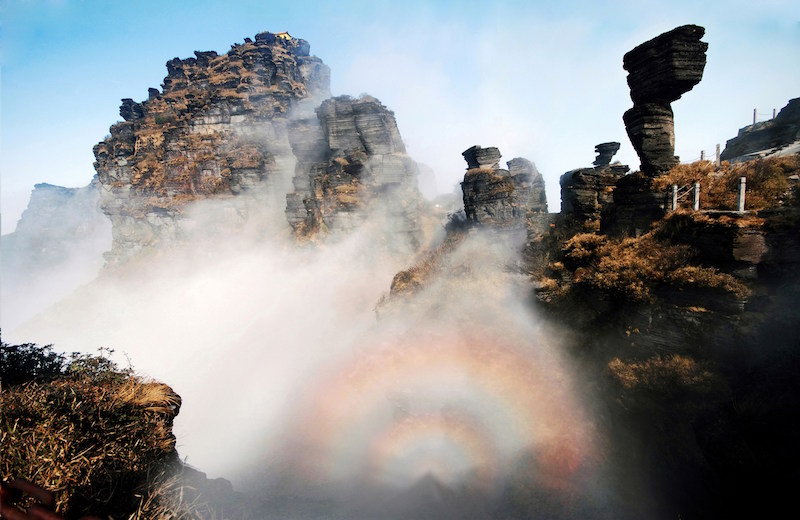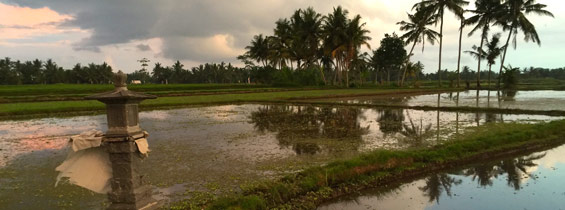Majestic natural beauty, breathtaking architectural structures, and archaeological landscapes that are rich with history – even the most jaded of travelers can’t deny the allure of UNESCO World Heritage sites.
This year’s latest addition of 19 properties were picked after the World Heritage committee gathered in Manama, Bahrain, for its 42nd annual meeting. All over the globe, chosen sites include the ancient city of Qalhat in Oman, the Caliphate City of Medina Azahara in Spain, Naumburg Cathedral in Germany, Thimlich Ohinga Archaeological Site in Kenya, and Pimachiowin Aki in Canada.
Nominees have to meet one of 10 criteria – including factors like significance in human history, testimony to cultural tradition, and natural phenomena or beauty – to be considered for the catalog.
On the heels of these new destinations’ status, we sussed out the four spectacular places in Asia that you should probably plan a visit to before the inevitable mega crowds descend.
Fanjingshan, China


Home to the largest and most contiguous primeval beech forest in the subtropical region, Fanjingshan sits within the Wuling mountain range in Guizhou Province in south-west China. An island of metamorphic rock in a sea of karst, its altitude ranges between 500m and 2,570m above sea level, and its grounds are teeming with flora and fauna, including endangered species like Chinese Giant Salamander, Forest Musk Deer, and Reeve’s Pheasant.
Hidden Christian Sites in the Nagasaki Region, Japan


Tucked away in the north-western side of Kyushu island are 10 villages, Hara Castle, and a cathedral, all built between the 17th and 19th centuries. As evidence of a cultural tradition by hidden Christians in the Nagasaki region who secretly shared their faith during the era of prohibition, these sites reflect the reawakening of Christian communities after the ban was officially lifted in 1873.
Sansa, Buddhist Mountain Monasteries in Korea, Republic of Korea


Scattered around the southern provinces of the Korean Peninsula, these Buddhist mountain monasteries compromise seven temples constructed from the 7th to 9th centuries. Viewed as sacred spaces, these places of faith have survived through the years as religious monuments, housing shrines, documents, and structures to this day.
Victorian Gothic and Art Deco Ensembles of Mumbai, India


In the course of its journey to modernization from the 19th to 20th century, Mumbai took on an ambitious urban planning initiative, which resulted in the erection of public structures built initially in the Victorian Neo-Gothic style and later with an Art Deco flair.






Reader Interactions